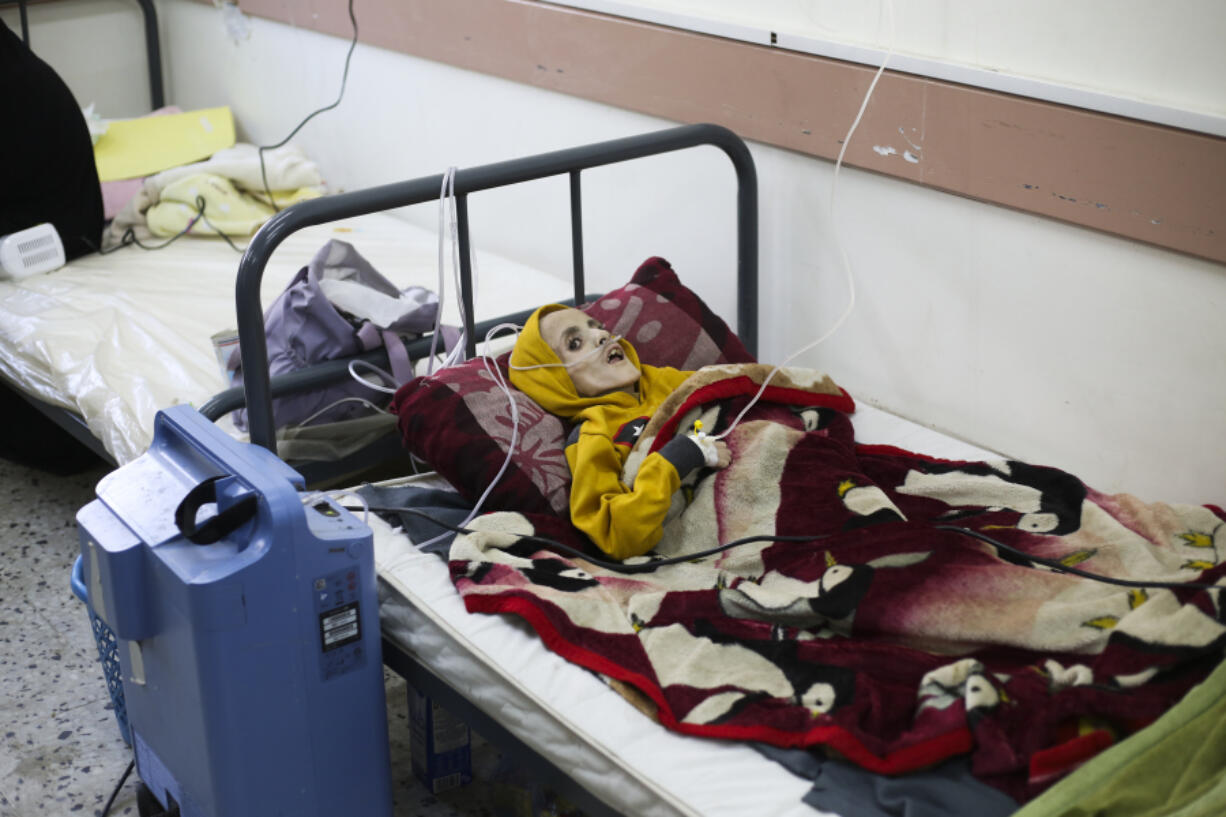Catastrophic hunger is so dire in two world hot spots that famine is imminent in northern Gaza and approaching in Haiti, with hundreds of thousands of people in both places struggling to avoid starvation.
That’s according to international food security experts and aid groups, who are warning about the toll from hunger caused by the ongoing war between Israel and Hamas in Gaza and the crisis in Haiti caused by gangs attacking the country’s key government institutions.
In Gaza, virtually every resident is struggling to get enough food and 1.1 million people — half the population — are expected to face the highest level of severe hunger in coming weeks, according to a report from the Integrated Food Security Phase Classification, an agency that monitors hunger globally. On Monday, the group warned that famine could occur in Gaza any time between mid-March and May without an end to hostilities and immediate access to essential supplies and services.
In Haiti, about 1.4 million people are on the verge of famine and more than 4 million need help accessing food, aid groups say.
But what does it mean for a region to fall into famine? And how could it happen in these places so fast? Here’s what you need to know:
What is famine?
The IPC, a group of 15 global organizations and charities, was developed in 2004 during the famine in Somalia. The group uses a five-tier scale to monitor access to food and levels of hunger.
Famine is the top tier, Phase 5, “the absolute inaccessibility of food to an entire population or sub-group of a population, potentially causing death in the short term.”
It occurs when 20 percent of households have an extreme lack of food, 30 percent of children suffer from acute malnutrition and at least two adults or four children per every 10,000 people die daily because of outright starvation or the interaction of malnutrition and disease.
That top level follows the Phase 3 “crisis” and Phase 4 “emergency” levels of food need. Worldwide, nearly 158 million people face crisis hunger situations or worse, according to the IPC.
While the depth of the food crises in both places is new, the underlying conditions are not, said Tobias Stillman, director of technical services and innovation at the aid group Action Against Hunger, via email.
Even before the war, 80 percent of Gazans relied on humanitarian aid and nearly half of all households didn’t have enough food, he said. In Haiti, millions were already coping with emergency levels of hunger and crisis levels of food need.
“When families and entire nations live so close to the brink, it is all too easy for conflict or other shocks to push them into catastrophe,” Stillman said.



